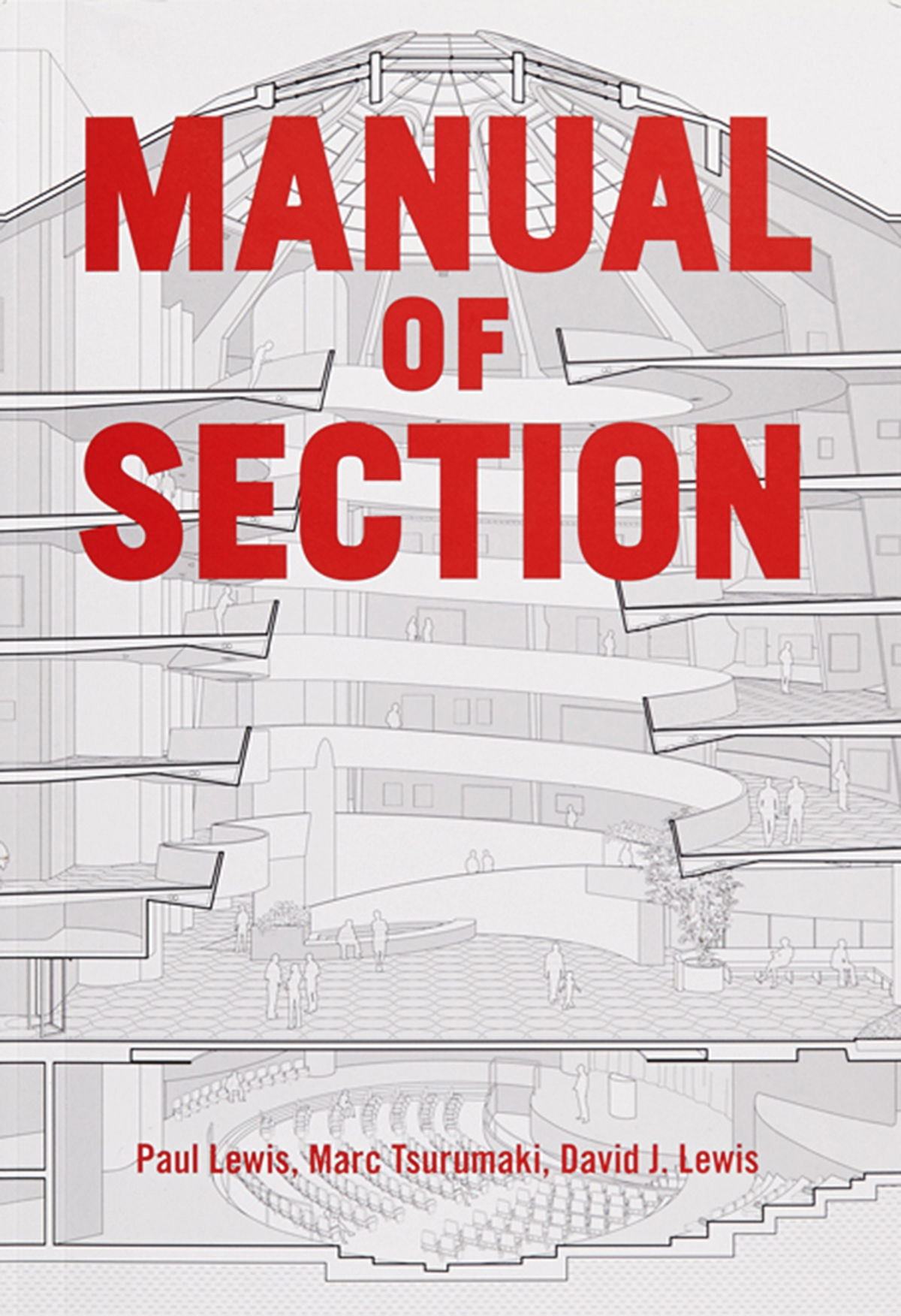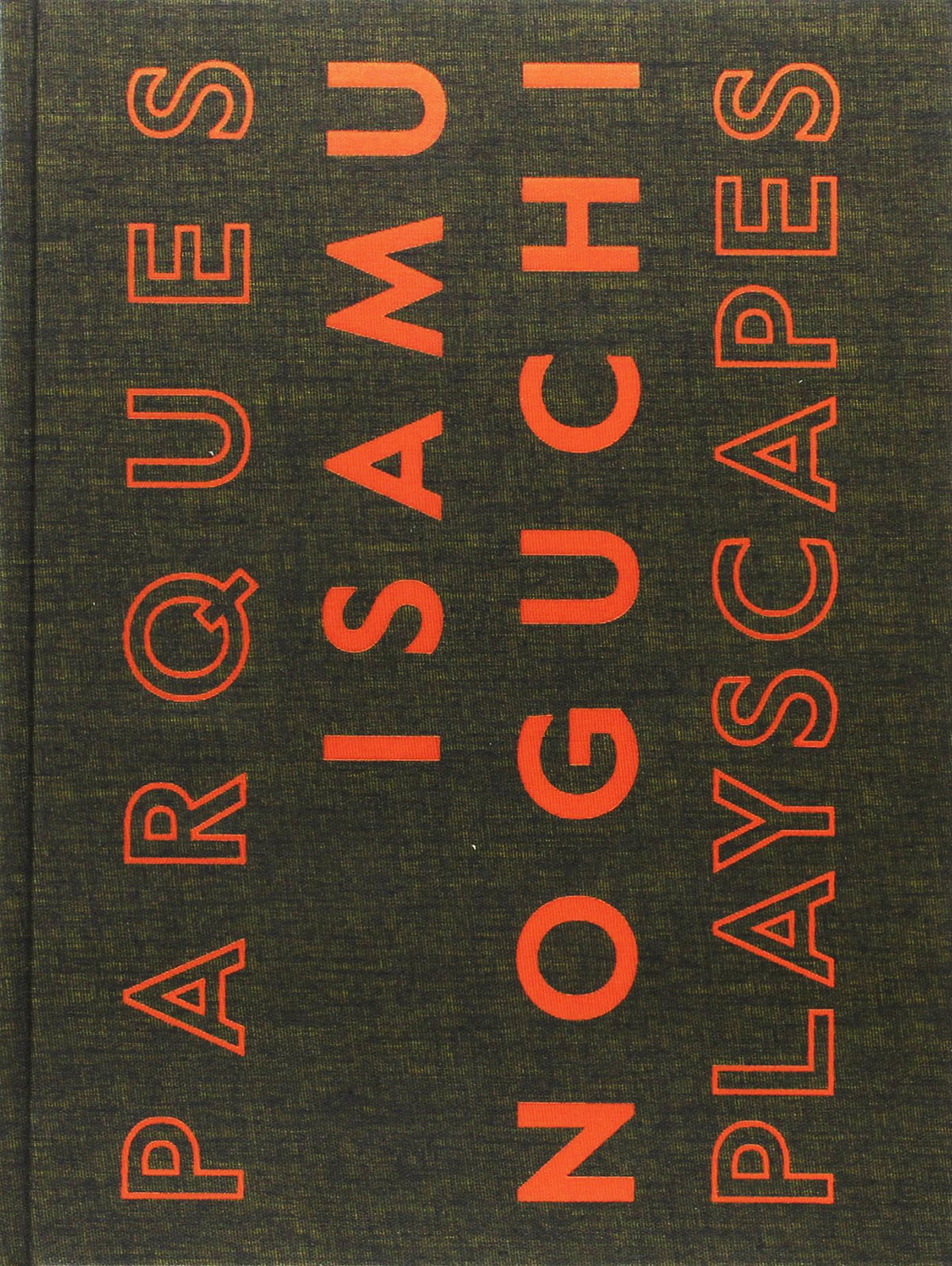Submitted by WA Contents
Top 10 Architecture Books of 2016
United Kingdom Architecture News - Dec 16, 2016 - 15:19 18931 views

Even if many of them go online, architecture books are still alive, vivid, riveting and hotly-anticipated collections in print. Smelling their odd/fresh paper, touching nearly to their textured pages and examining their beautifully-arranged layouts with countless drawings and illustrations make the books idiosyncratic and indispensable.
Collecting writings is not just about archiving plenty of books in your dusty shelfs or creating your own library with a thematic sequence, it also drives and expands the art of reading and the process of review in a different manner by changing the style of taking notes and the act reading itself-more analytical, exploratory and inventive in reading. This year was very fertile and fascinating in terms of investigating reflective, sensitive and critical knowledge on architectural books.
Undoubtedly, writing is an ongoing process and there are lots of stories to be told on architecture. Books are just one of the tools keeping the information forever -they're the facts and proofs that leave a trace in our history. Based on this, we have picked top 10 architecture books of 2016 as reflective constituents of last year in writing-they can either propose formal constructive methodologies in different territories or search for new tools to build a house in remote places.
See our extensive archive on architectural books here and pick your favourite book below:
1. Roberto Burle Marx: Brazilian Modernist by Jens Hoffmann (Author), Claudia J. Nahson (Author)

The book investigates modernist parks and gardens of Brazilian landscape architect and garden designer Roberto Burle Marx (1909–1994). Roberto Burle Marx is one of the 20th century’s most significant landscape architects and this beautifully-illustrated and groundbreaking book takes a closer look to the architect's works.
The book's cover also highlights the full range of Burle Marx’s artistic output, as well as his remarkable home, an abandoned estate that he transformed into his office, workshop, gallery, and living space.
Roberto Burle Marx: Brazilian Modernist features interviews with seven contemporary artists including Juan Araujo, Paloma Bosquê, Dominique González-Foerster, Luisa Lambri, Arto Lindsay, Nick Mauss, and Beatriz Milhazes. These artists exemplify the extent to which his work continues to be a source of inspiration.
2. Concept: A Dialogic Instrument in Architectural Design by Carolin Stapenhorst (Editor)

This publication specifically focuses on the history of the definition of “concept” in architecture. In the ever-changing profession, decisions are increasingly made in multidisciplinary groups. The essence of concept phenomenon can serve as a dialogic instrument in the process, making it possible to process heterogeneous information from a range of spheres of knowledge.
What is a concept actually? The effective presentation of selected information becomes a relevant interface in the design process, which has a significant influence on the quality of the design.
3. New Architects 3: Britain's Best Emerging Architects by Architecture Foundation (Author)

New Architects 3 showcases the wealth of emerging architectural talent in the UK. It provides a unique guide to over 85 of the most innovative and talented young architectural practices, many of which are destined to become the leading practices tomorrow.
With this publication, the third in a groundbreaking series that began in 1998, the Architecture Foundation continues its tradition of championing new generations of architects and helping the development of many young practices.
This book was published in association with the Architecture Foundation and Norman Foster wrote a preface for the book, supporting young generation architects in UK. The book includes many young architectural practices including; Assemble, Orkid Studio, Civic Architects, Coffey Architects, Architecture 00, Adam Khan Architects and many more.
4. Elemental Living: Contemporary Houses in Nature by Phaidon Editors (Author)

Elemental Living covers 60 works of architecture from across the 20th and 21st centuries that have a special relationship with the natural world.
This publication includes a visually breathtaking selection of architect-created houses that have been designed to create unparalleled views of a wide variety of natural landscapes; designed to be almost indistinguishable from the natural landscape; or designed using materials and forms found in the natural landscape.
Each house demonstrates a deep concern with the creation of unique living spaces that connect their inhabitants with the forests, mountains, lakes, deserts, and oceans that have attracted humanity for millennia.
5. Housing Cairo - The Informal Response by Ruby Press (Author)

Home to 20 million people and still growing, Greater Cairo mirrors the global phenomenon of unplanned urban growth. Approximately 60 percent of the population of Africas biggest city lives in so-called informal housing, typically five-to-ten-story concrete-and-brick-infill structures built without permits in the desert or on former agricultural land.
'Housing Cairo: The Informal Response' illuminates the architecture of informality and its mechanisms of production through a series of theoretical essays and architectural design proposals. Central to the project is a re-examination of the concept of informality itself and its often negative connotations.
6. This is Frank Lloyd Wright by Ian Volner (Author), Michael Kirkham (Illustrator)

Flank Lloyd Wright's most important projects and progressive efforts from difficult childhood, to struggling apprenticeship are presented with mesmerising illustrations and layouts. If you're worried about his persona and professional life, so take a closer look to the architect's vivid life through his mid-life setbacks and on to late-life comeback.
The book is great narrative on his professional life and documenting the important events in his life sit alongside photographs of Wright's most iconic buildings (including Fallingwater and New York's Guggenheim Museum).
7. Das leichte Haus by Walter Scheiffele

Lightness is a central idea of modernism. Everything should be easier, more functional and better. Architecture also devoted itself to this maxim. Paul Scheerbart dreamed of hanging rooms.
If you want to hang up a room is naturally also the question, how much weighs such a house. Richard Buckminster Fuller and Siegfried Ebeling wondered about the space even as a membrane. The latest issue of the series Edition Bauhaus: "The Light House", deals with these considerations of modernism and the thinkers of these ideas.
8. Manual of Section by Paul Lewis (Author), Marc Tsurumaki (Author), David J. Lewis (Author)

How drawing a section matters in architecture? The book focuses on some special techniques in section drawing, which is one of the most essential representational techniques of architectural design.
The authors of the book, Paul Lewis, Marc Tsurumaki, and David J. Lewis have developed seven categories of section, revealed in structures ranging from simple one-story buildings to complex structures featuring stacked forms, fantastical shapes, internal holes, inclines, sheared planes, nested forms, or combinations thereof. To illustrate these categories, the authors construct sixty-three intricately detailed cross-section perspective drawings of built projects.
9. Isamu Noguchi: Playscapes by Isamu Noguchi (Artist), María García (Contributor), Shaina Larrivee (Contributor)

In 1933, the visionary sculptor Isamu Noguchi (1904–88) began making design proposals for children’s playgrounds in New York. The first one, Play Mountain (1933), marked the beginning of the artist’s fascination with exploring points of intersection between sculpture, public spaces and, above all, play.
Radically experimental in its approach to children’s recreation, the design asserted, with no apparent precedent, that children’s exercise and entertainment could be stimulated by simply providing earth modulations and steps for running, jumping and sliding.
This publication is the first volume bringing together all of the artist’s investigations into playgrounds over a period of 50 years. It reproduces his beautiful scale models, sketches and photographs of iconic designs, highlighting a little-known facet of one of the most versatile sculptors of the 20th century.
10. Eyes on the Street: The Life of Jane Jacobs By Roert Kanigel (Author)

The first major biography of the irrepressible woman who changed the way we view and live in cities, and whose influence can still be felt in any discussion of urban planning to this day.
Eyes on the Street is a revelation of the phenomenal woman who raised three children, wrote seven groundbreaking books, saved neighborhoods, stopped expressways, was arrested twice, and engaged at home and on the streets in thousands of debates-all of which she won.
Here is the child who challenged her third-grade teacher; the high school poet; the journalist who honed her writing skills at Iron Age, Architectural Forum, Fortune, and other outlets, while amassing the knowledge she would draw upon to write her most famous book, The Death and Life of Great American Cities.
